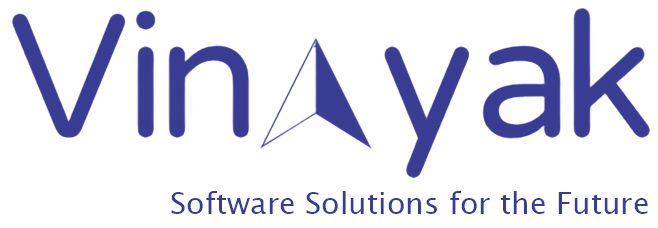Introduction
Flutter has revolutionized cross-platform development by enabling developers to create beautiful, natively compiled applications for mobile, web, and desktop from a single codebase. This comprehensive guide explores Flutter's capabilities and best practices for building efficient cross-platform applications.
Flutter Basics
Core Concepts
- •
Dart Programming
Object-oriented language optimized for UI development
- •
Widget Tree
Everything is a widget in Flutter's composition model
- •
Hot Reload
Instant code changes reflection in the running app
Cross-Platform Development
Flutter's architecture enables true cross-platform development while maintaining native performance and user experience.
Platform Channels
Communication bridge between Flutter and native code
Adaptive Design
UI components that adapt to platform conventions
Widgets & UI
Widget Categories
Stateless Widgets
Immutable UI components
Stateful Widgets
Mutable state management
Inherited Widgets
State propagation down the widget tree
State Management
Provider
Simple yet powerful state management solution
Bloc Pattern
Business Logic Component pattern for complex state management
GetX
Lightweight state management with additional features
Performance
Widget Rebuilding
Optimize widget tree for better performance
Memory Management
Efficient resource handling and disposal
Asset Optimization
Proper image and resource management
Deployment
Understanding the deployment process for different platforms is crucial for successful app delivery.
iOS
- • App Store requirements
- • Signing and certificates
- • TestFlight distribution
Android
- • Play Store guidelines
- • APK/Bundle generation
- • Internal testing
Web
- • Progressive Web App
- • Hosting options
- • Browser optimization
Conclusion
Flutter continues to evolve as a powerful framework for cross-platform development. By understanding these core concepts and best practices, you can build high-quality applications that deliver excellent user experiences across all platforms.
Key Takeaways
- •
Flutter enables efficient cross-platform development
- •
Proper state management is crucial for scalable apps
- •
Performance optimization is key to user satisfaction



